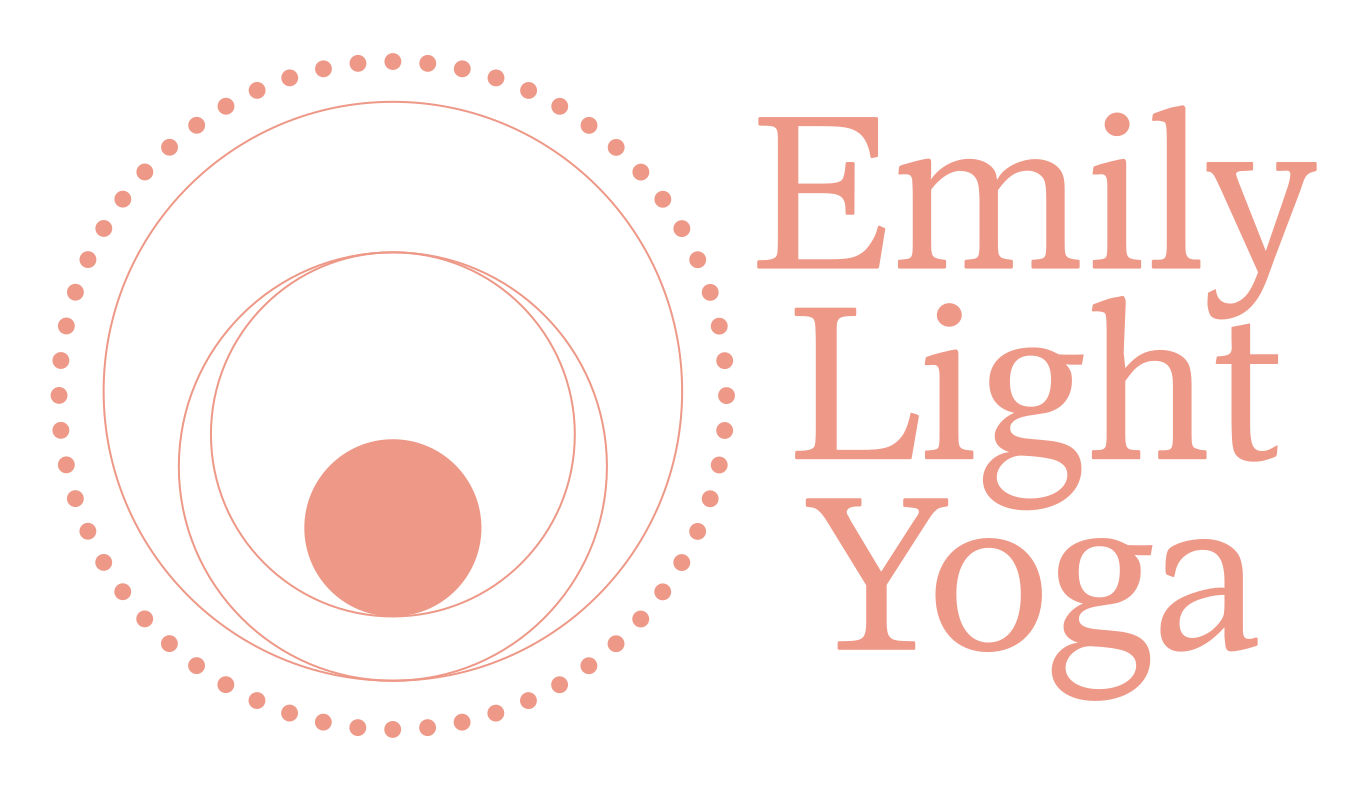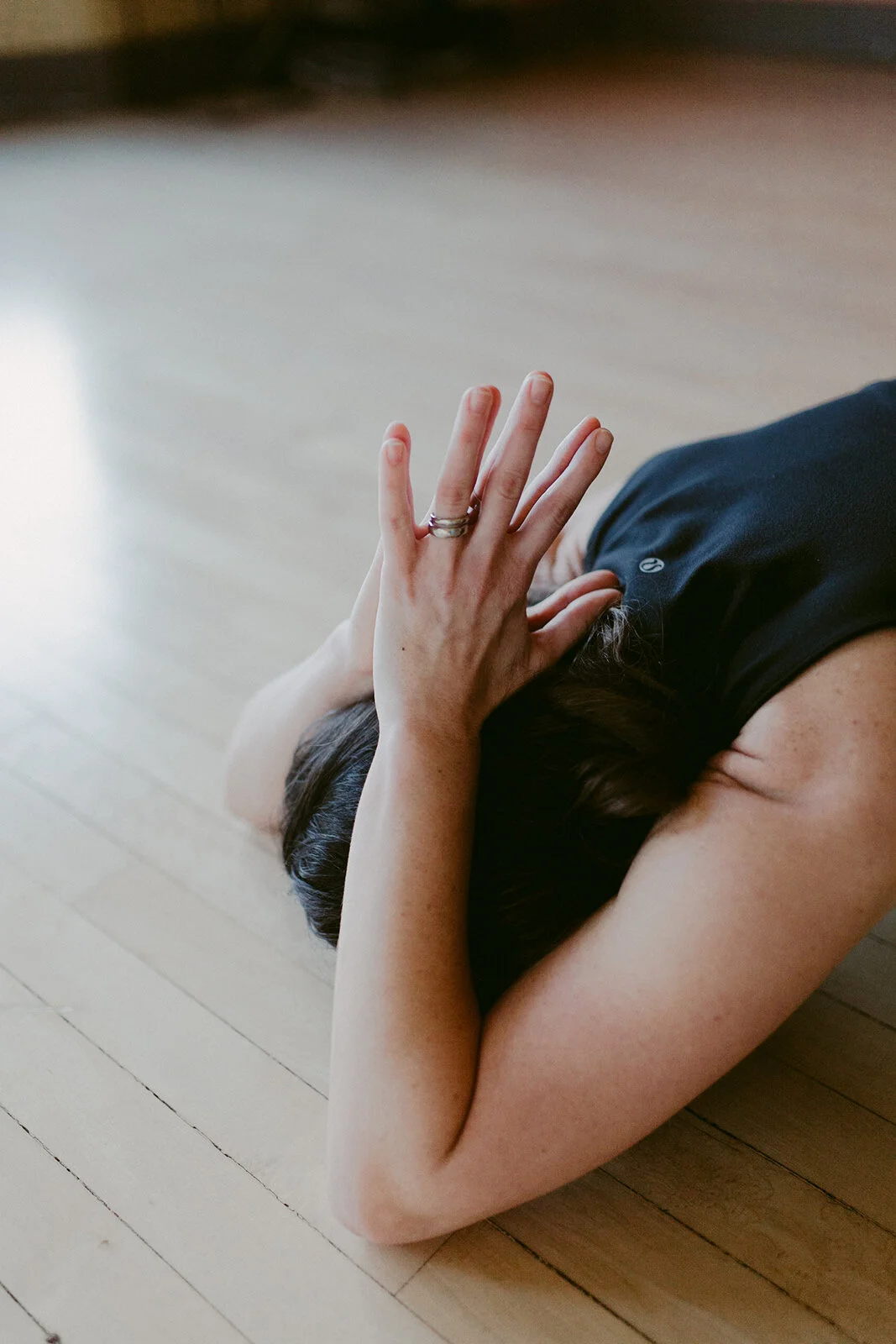Svadhyaya – Self-Study
Emotions Don’t Just Happen - Story Follows State
Last year my plantar fascia became very vocal. I had incorporated some different exercises into my routine (lots of jumping) and whewie! My body had some stuff to say!! More specifically my body was communicating its needs, albeit loudly. For many weeks in the mornings you could find me hobbling around the house in my white tiger fuzzy bathrobe, irritably whispering “ouch!” or “ugh” under my breath, and basically ignoring my feet until things started working themselves out enough for me to be a functional, upright-walking human.
When I finally decided to see my physical therapist, she gave me a practice to do in bed before I got up in the morning. This practice takes 2-3 minutes - it’s super simple and effective. On the days that I felt fairly calm and relaxed, I felt well, pretty relaxed about doing this short thing for my body in the morning. It didn’t feel like a big deal - just a few minutes of some bed yoga, and I was ready to go.
On the days that I felt overwhelmed, I would start spinning out about how I was going to need to do this every morning for the rest of my life, or I would catastrophize about how the inflammation of the fascia was probably a sign of a bigger systemic inflammation, and I should probably get on that anti-inflammatory diet and try to remember to take my fish oil.
Anyone else? Just me?
Paying attention to our experience is svadhyaya yoga, a foundational component of the practice of yoga.
*Image caption: A view of my arms, shoulders, head and upper back in Child’s Pose, with my palms joined together in prayer position (Anjali Mudra) and drawn up toward the back of my head and upper back. I’m supported by a wooden floor and am wearing a black sleeveless top.
Svadhyaya
Svadhyaya yoga is the practice of noticing sensations, thoughts, emotions, and energy in the body and mind, and also noticing how this inner experience influences our perception, relationships, our words, and actions… how we live our lives. It is one of the personal guidelines (Niyamas) of yoga.
Svadhyaya Pronunciation
Svadhyaya (svahd-YAH-yah)
Svadhyaya is self-study, a synonym for self-reflection
Growth and evolution require we pay attention to our experience, so we know how and where to resource and direct the teachings of yoga. Whether that’s adapting a posture to build strength in your right hip, or shifting how you breathe or relate with your body, being curious about your experience empowers you as a practitioner, and as a being in this world.
Have you ever heard the sentiment “story follows state”? This refers to how our biology, specifically the state of our nervous system, creates the conditions for certain thoughts, emotions and stories (stories about ourselves, others, the world, etc.) When we feel calm and relaxed, we have different emotions, thoughts and narratives arising in our bodies and minds, then we do when there’s nervousness or depression present.
Let that sink in for a moment… this recognition was revolutionary for me. Our nervous system state results in particular thoughts, emotions and stories.
“Underneath a mind troubled by worries, or a mind that’s calm and peaceful, is a nervous system in a particular state of activity or rest.”
List of Emotions produced by different Nervous System States:
SAFE - happiness
FLIGHT - anxiety
FIGHT - anger
SHUT DOWN - sadness
Understanding what’s underneath anxiety and what’s underneath happiness is an essential component of building leadership within our experience.
Practice what I Preach
Over the last year I’ve evolved how I listen and respond to my body, including my nervous system. I’ve refined how I receive and interpret the ways in which my body communicates – which I’m referring to these days as the language of my body. I'm doing my best to practice what I preach. I’ll write more about this in my next piece. My intention in speaking to this a little bit here and now, is to share that I have found such immense relief from this shift in relationship. And the evolution of how I relate to language of my body and my body’s needs, only happened because I:
Paid attention to my experience (Svadhyaya) by noticing:
• Sensation in my feet
• Frustration (a flavor of anger) that I felt in relation to the discomfort in my body
• Stories that accompanied the emotion of anger/frustration
• State of my nervous system
Put forth the effort to continue trying a new way of relating
I wrote about Nourishing Self-Discipline / Tapas in my last newsletter article.
Comment below if you can guess which niyama I’m going to write about next months newsletter.
Hint: Tapas and Svadhyaya are two of the three main components of the practice of “Yoga in Action”.
A New Response - Svadhyaya in Action
A few weeks later my plantar fascia settled down, and now I rarely need to do that exercise. The practice that I continued was this new way of listening and relating with my body. Now when my body does ask for some attention, I listen to her like I listen to a friend who’s suffering, and offer her what I can. Rather than always feeling frustrated with the pain, or my body, I have greater patience and authentic desire to tend to my body’s needs. The way I speak to her has changed also. Naturally as the fight energy of my nervous system state and relationship transformed into safety and ease, my thoughts and words were transformed as well.
The Practice of Svadhyaya Yoga
Learning the language of my body and understanding sensation as information, and expressions of my body’s wants and needs, has transformed my relationship with her and we are both (all) happier because of it.
Do I still feel frustrated with physical limitations and pain sometimes?
Yes, 100%.
Do I get frustrated as much as I used to with pain, or get stuck in that anger as long?
No, I don’t.
Svadhyaya yoga practice works, but it takes just that – Practice.

